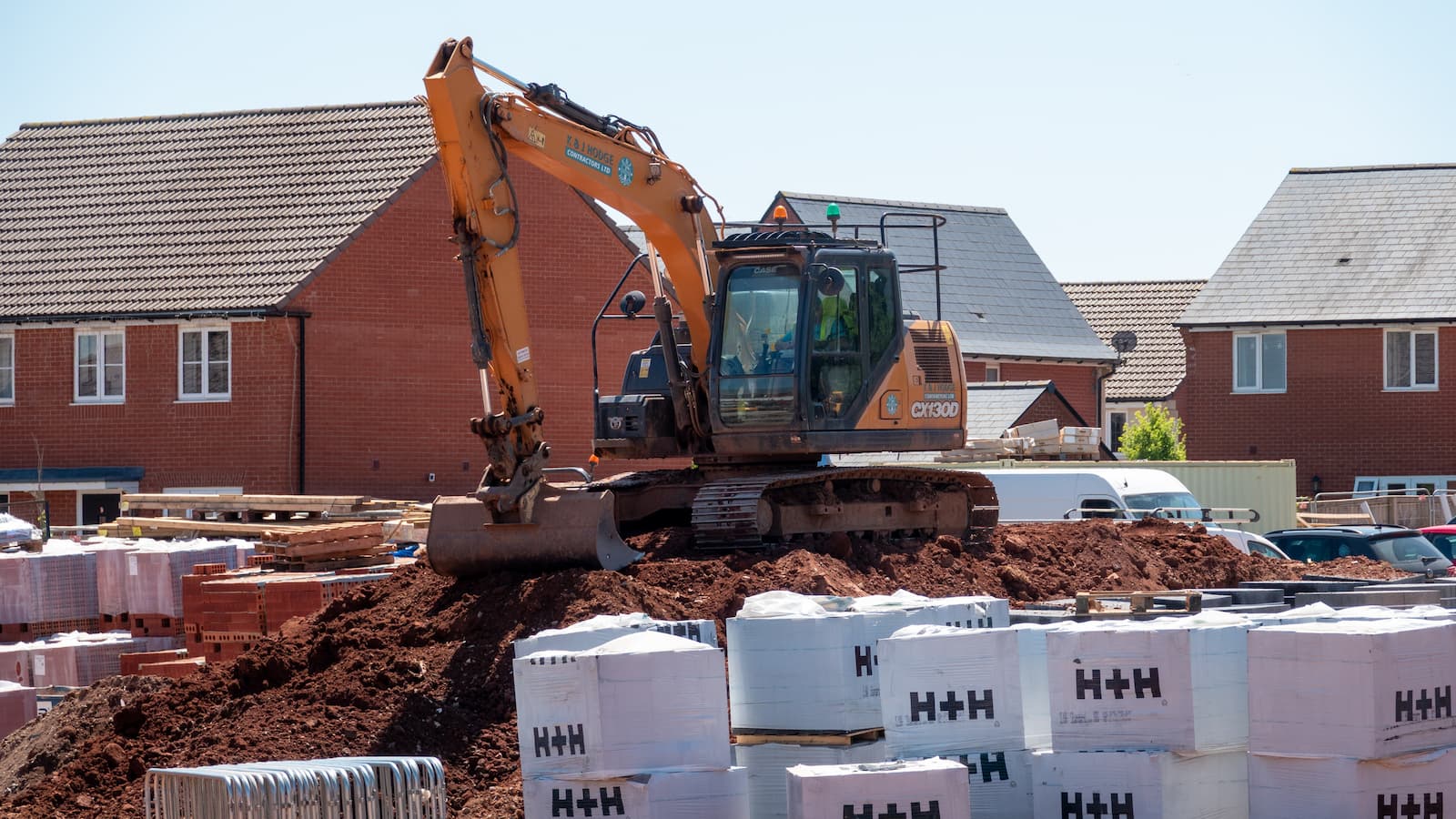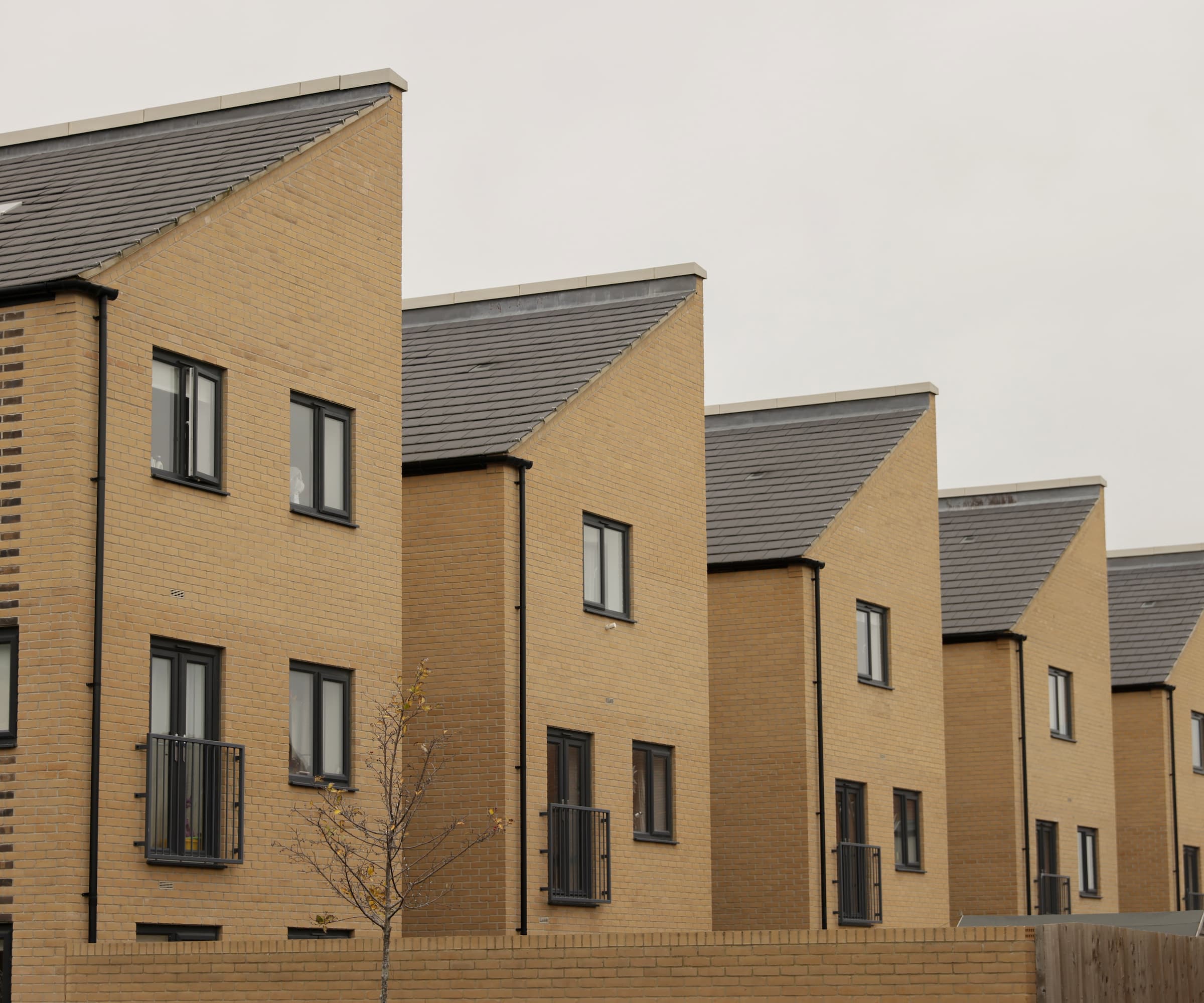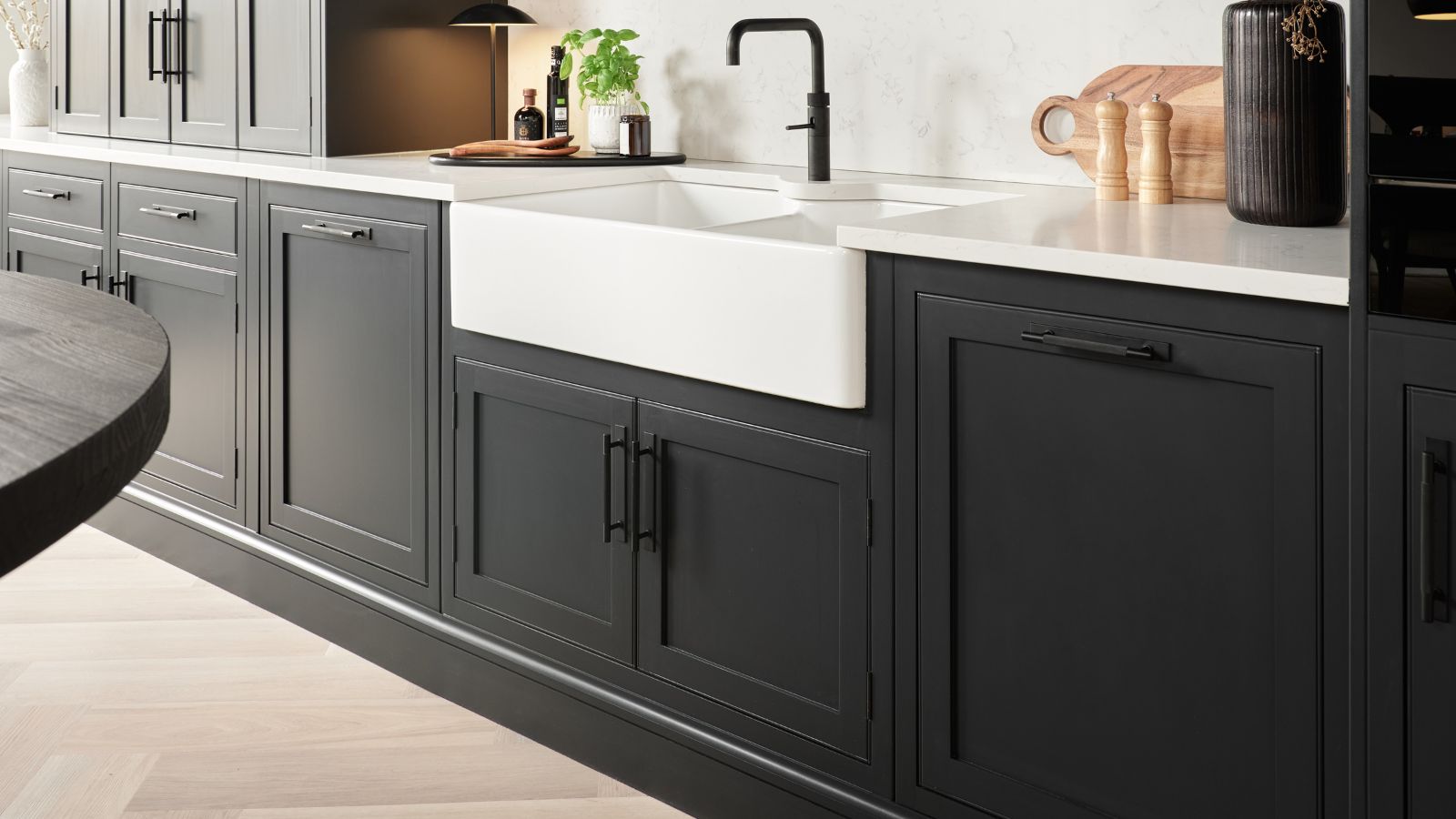Homes first, communities later: How planning permissions are leaving residents without basic facilities
New homes in England are often occupied before key shops, healthcare, and community facilities are built, due to planning, Section 106, and enforcement delays

Across England, people are moving into newly built or expanding settlements only to find essential services, like shops, GP surgeries, community centres, falling behind.
Local councils, planning documents, and residents themselves point to how phased planning permissions, developer obligations, and enforcement gaps contribute to incomplete neighbourhoods.
Here are four real-world cases illustrating how planning processes often leave infrastructure trailing housing.
Northstowe, Cambridgeshire: A new town without a heart

Northstowe, planned since the 2000s, is intended to host up to 10,000 homes. However, six years after the first residents moved in, there is still no shop, café, or GP surgery in place.
While a temporary community centre was installed and a sports pavilion completed by early 2024, many inhabitants remain without basic local services.
One resident described the place as feeling built “without a kitchen”, echoing widespread frustration.
Westvale Park, Horley: Stop notices and delayed facilities
Approved in 2014 alongside £40m worth of infrastructure, Westvale Park was designed to include a GP surgery, community hall, and connecting road.
Bring your dream home to life with expert advice, how to guides and design inspiration. Sign up for our newsletter and get two free tickets to a Homebuilding & Renovating Show near you.
But ten years on, residents remained without these features, prompting the council to issue a stop notice against the consortium of homebuilders.
The council later required approximately £12m in bonds to ensure completion by 2026.
Although play areas, allotments, and green spaces have since progressed, key services such as the GP surgery and community hall remain pending.
Cambourne, Cambridgeshire: Housing without the High Street
Cambourne’s initial planning proposed a market square, pub, and shops alongside homes.
However, residents say many of these amenities remain unbuilt. Local news sources such as Cambs Times and Cambridge News have reported on residents’ frustrations over the absence of key facilities years after initial housing phases were complete.
Reports highlight a lack of post office, newsagent, or bus services, with pressure mounting to preserve high-street space rather than convert it into more housing.
Cambridge City Council says they are currently reviewing revised planning applications to address these gaps.
Conningbrook, Kent: Planning permissions that aim to get it right

At Conningbrook near Ashford – a development of 725 homes – planning and delivery have aligned more effectively.
Redrow and Quinn Estates secured permission in 2022, and by early 2024 the development included new wetlands (costing £3.5m), a primary school, village green, a community building, and open space as condition of occupation.
This demonstrates how planned phasing and community infrastructure levy and planning conditions can match housing delivery.
These cases show how Section 106 agreements, phased planning permissions, and stringency of enforcement significantly influence whether essential facilities are delivered in time.
The experience varies widely, some residents move into thriving new communities, while others find themselves waiting years for the neighbourhood to catch up.

News Editor Joseph has previously written for Today’s Media and Chambers & Partners, focusing on news for conveyancers and industry professionals. Joseph has just started his own self build project, building his own home on his family’s farm with planning permission for a timber frame, three-bedroom house in a one-acre field. The foundation work has already begun and he hopes to have the home built in the next year. Prior to this he renovated his family's home as well as doing several DIY projects, including installing a shower, building sheds, and livestock fences and shelters for the farm’s animals. Outside of homebuilding, Joseph loves rugby and has written for Rugby World, the world’s largest rugby magazine.
